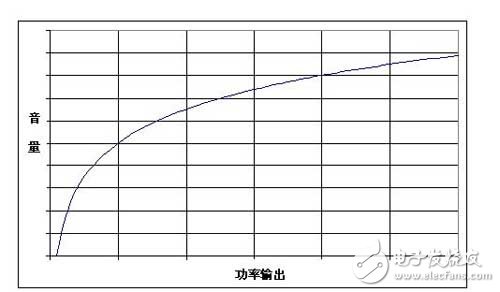The number of portable devices has exploded and new features have been added, and portable devices with external speaker audio playback capabilities are increasing, such as MP3 players, mobile phones with MP3 functions or speakers, and portable CD players. The output of these systems varies depending on the configuration and drive. But the output of these systems is different in configuration and drive. In this article, the authors explore several ways to detect and deploy single-ended/differential audio amplifiers that amplify input signals to output equal signals.
The output of an MP3 player or mobile phone is a single-ended signal that can drive a 32 Ω headphone speaker. Typical external speaker systems have a speaker impedance of 4 to 8 ohms and may have multiple speakers per channel. However, 32Ω drivers are difficult to drive these low-impedance speakers and do not provide enough volume for the end user.
External speaker systems vary in quality, volume, and number of speakers, so general-purpose amplifiers are not suitable for driving these speakers. For example, the MP3 player's speaker system has a headphone jack input and can support single-ended output stereo signals. Some new high-end speaker systems support differential signals, and for backward compatibility, these new systems must also support single-ended signals.
Since the differential signal is twice as large as a single-ended signal, the single-ended and differential signals will produce different levels of volume. Since the relationship between human hearing and sound size conforms to the logarithmic curve law, linear control cannot be used (Fig. 1).

Figure 1: There is no linear relationship between the volume and the output power of the audio system.
There are several ways to detect and implement a single-ended/differential audio amplifier that amplifies the input signal to an output equal to the output. The interface connector between the systems should have at least 5 pins to provide a differential signal. It is important to note that the common ground connection between the two devices is very important. On the surface, since the signal is DC-isolated, the AC-coupling capacitor does not need to be grounded, but practical experience has shown that grounding is necessary to provide ideal noise performance.
The first problem to be solved is whether the input is single-ended or differential. In many circuits, two circuits use an external pin of the connector to test the DC level of the input signal. It is easy to specify an external pin for a connector, but not for a space-constrained application. The source device either opens or shorts the pin to ground.
The second method of detecting a differential signal is to use a comparator to detect the DC level of the signal, either a ground or a differential signal. The input signals of the above two methods must pass through the low-pass filter. The original signal must be separated from 50% to 25% of its DC level. If the system is in differential mode with low frequency, peak-peak AC signals, it will result in erroneous detection. This technique cannot be used if the DC level of the original signal is at ground level. An example of such a circuit is shown in FIG.

The second part of the circuit is the audio amplifier. The solution for this circuit is related to the required sound quality. A true differential input provides higher sound quality than a differential signal entering an amplifier. The actual differential amplifier requires an additional circuit to convert the single-ended signal to a differential input signal.
The easiest way to implement an audio amplifier is to input the signal into an amplifier (Figure 3). In single-ended mode, this differential input does not generate a signal, allowing the non-inverting input to be set to 0.5Vcc, which is a standard single-ended input configuration. The analog switch remains off for the amplifier to output 2 times the gain. In differential mode, the analog switch is closed and the gain becomes 1. Therefore, for different input modes, both input signals produce the same output signal amplitude.

Figure 3: Direct implementation of an audio amplifier.
250W Metal Halide Led Replacement can replace HID lamps up to 250w HID. It advanced Active Cooling technology improves thermal performance and delivers the highest light output along with longer LED and driver life versus lamps limited to passive cooling. 250w Metal Halide Led Replacement is tested by ETL under 1598C that insures that retrofitted fixture retains safety cerfication as well as approved by ETL for enclosed fixtures.250W Metal Halide Led Lamp lifetime is 50,000 hour rated LED life (supported by LM80 and IES reports), Metal Halide Lamp also has 5 Year Limited Warranty.
250w Metal Halide Led Replacement
Metal Halide Lamp,250W Metal Halide Led Replacement,250 Watt Led,250W Metal Halide Led Lamp
Shenzhen Bbier Lighting Co., Ltd , https://www.chinabbier.com